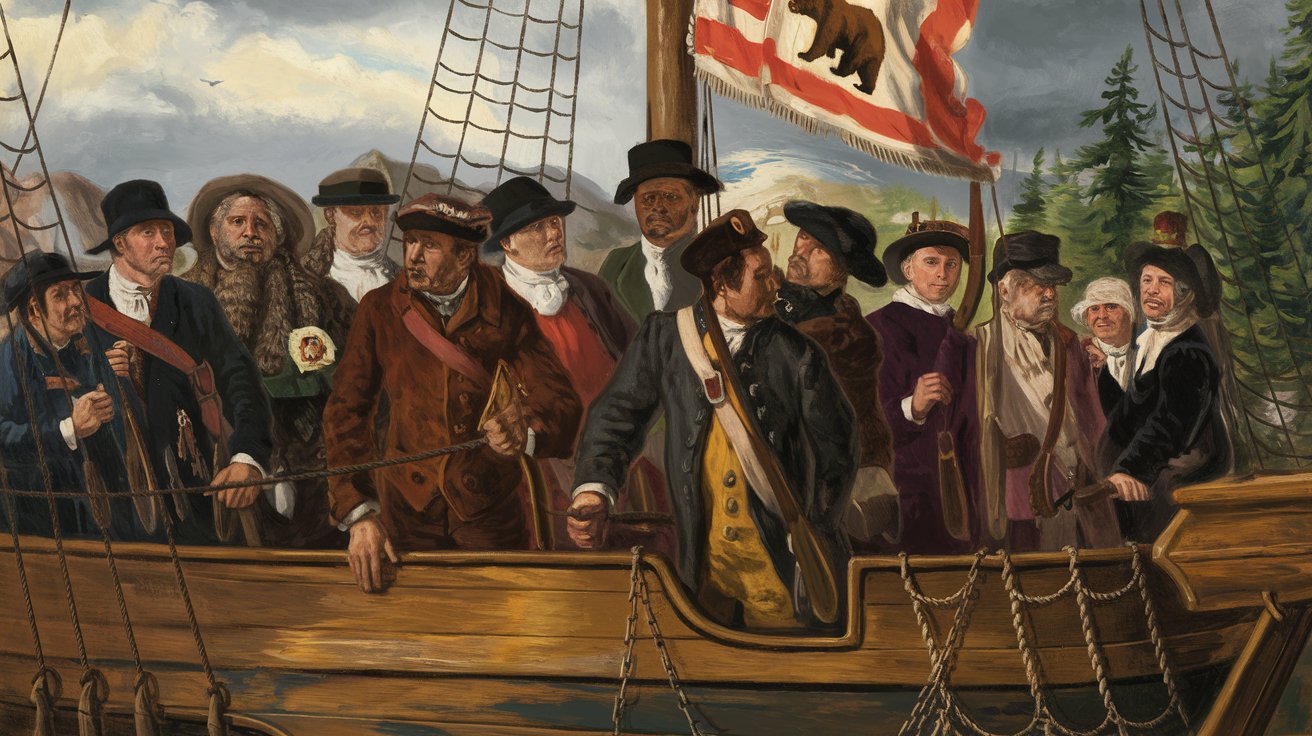
The Darre Khel Revolt is a significant yet often overlooked event in history. This uprising, which took place in the early 20th century, was a powerful demonstration of resistance against colonial rule. The revolt was led by the Darre Khel tribe, known for their fierce independence and warrior spirit. They stood up against oppressive policies, fighting for their land and freedom. Why did the Darre Khel Revolt happen? The primary reasons were unfair taxation, forced labor, and the disrespect of local customs by colonial authorities. This revolt is a testament to the enduring human spirit and the quest for justice. Let's dive into 25 intriguing facts about this historic event that shaped the course of history in the region.
Key Takeaways:
- The Darre Khel Revolt was a brave uprising against unfair colonial rule, led by a determined tribe in early 20th century Pakistan. It inspired future generations to fight for independence and unity.
- The revolt showcased the power of unity, grassroots movements, and the important role of women in resistance. It also shed light on the devastating impact of colonialism and the continuous struggle for justice and freedom.
The Darre Khel Revolt: A Brief Overview
The Darre Khel Revolt is a significant event in history that showcases the resilience and determination of a community. This uprising, though not widely known, offers valuable insights into the socio-political dynamics of its time. Let's delve into some fascinating facts about this revolt.
Origins of the Darre Khel Revolt
Understanding the roots of the Darre Khel Revolt helps us appreciate the context in which it occurred. Here are some key points about its origins:
- The Darre Khel Revolt took place in the early 20th century in the region now known as Pakistan.
- The revolt was primarily a response to oppressive policies imposed by colonial authorities.
- The Darre Khel tribe, known for their fierce independence, spearheaded the uprising.
- Economic exploitation and heavy taxation were major catalysts for the revolt.
- The revolt was also fueled by cultural and religious tensions between the local population and the colonial rulers.
Key Figures in the Darre Khel Revolt
Several individuals played crucial roles in the Darre Khel Revolt. Their leadership and bravery were instrumental in the uprising.
- Malik Mirza Khan, a prominent tribal leader, emerged as a key figure in the revolt.
- Bibi Gul, a female warrior, became a symbol of resistance and courage.
- Several local clerics provided spiritual and moral support to the rebels.
- Young men from the tribe, inspired by their leaders, joined the fight in large numbers.
- The revolt also saw the involvement of neighboring tribes who shared similar grievances.
Major Events During the Revolt
The Darre Khel Revolt was marked by several significant events that shaped its course and outcome.
- The initial skirmishes began with attacks on colonial outposts and supply lines.
- A major battle took place at the Darre Khel Pass, where the rebels inflicted heavy casualties on the colonial forces.
- The rebels employed guerrilla tactics, using their knowledge of the terrain to their advantage.
- Several villages were burned down by colonial forces in retaliation, leading to widespread displacement.
- Despite facing superior firepower, the rebels managed to hold their ground for several months.
Impact and Legacy of the Darre Khel Revolt
The Darre Khel Revolt left a lasting impact on the region and its people. Its legacy continues to be remembered and honored.
- The revolt highlighted the resilience and unity of the Darre Khel tribe.
- It exposed the harsh realities of colonial rule to the wider world.
- The revolt inspired future generations to continue the struggle for independence.
- Several monuments and memorials have been erected to honor the martyrs of the revolt.
- The stories of bravery and sacrifice from the revolt are still told in local folklore.
Lessons from the Darre Khel Revolt
The Darre Khel Revolt offers several important lessons that remain relevant today. These lessons can guide us in understanding resistance movements and their significance.
- The revolt underscores the importance of unity and solidarity in the face of oppression.
- It demonstrates the power of grassroots movements in challenging unjust systems.
- The role of women in the revolt highlights the importance of gender equality in resistance movements.
- The revolt serves as a reminder of the devastating impact of colonialism on indigenous communities.
- It teaches us that the fight for justice and freedom is a continuous struggle that requires perseverance and courage.
Reflecting on the Darre Khel Revolt
The Darre Khel Revolt stands as a significant chapter in history. This uprising, driven by the desire for freedom and justice, showcases the resilience and determination of the Darre Khel people. Their struggle against oppression and injustice is a testament to the human spirit's unyielding quest for liberty. Understanding these events helps us appreciate the sacrifices made by those who fought for their rights. It also reminds us of the importance of standing up against tyranny and injustice in any form. The legacy of the Darre Khel Revolt continues to inspire and educate future generations about the value of courage and perseverance. By remembering these facts, we honor the memory of those who stood up for what they believed in and paved the way for a better future.
Frequently Asked Questions
Was this page helpful?
Our commitment to delivering trustworthy and engaging content is at the heart of what we do. Each fact on our site is contributed by real users like you, bringing a wealth of diverse insights and information. To ensure the highest standards of accuracy and reliability, our dedicated editors meticulously review each submission. This process guarantees that the facts we share are not only fascinating but also credible. Trust in our commitment to quality and authenticity as you explore and learn with us.
